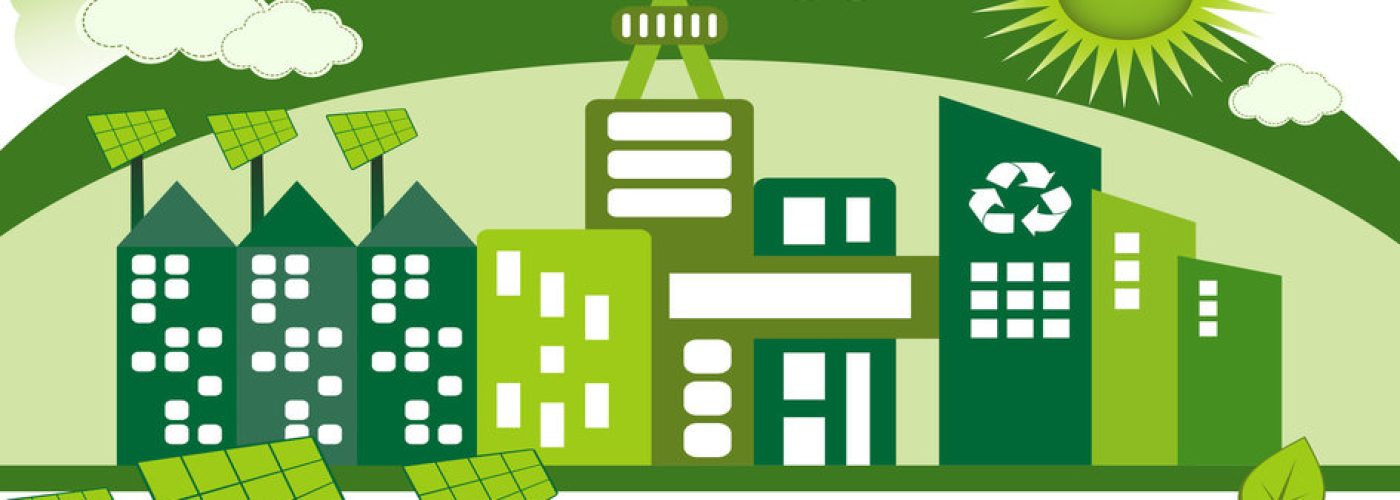With awareness of climate change on the rise, cities across the world are coming under scrutiny for their large carbon footprints and unsustainable designs. It’s no one’s fault. Modern cities were designed before anyone was aware of the impact they could have on the environment. Now that people know better, civil engineers are working to resolve the underlying problems by improving infrastructure and making cities more sustainable, more resilient, and more enjoyable for their residents. Read on to find out how.
Reducing Building Emissions
Traditional urban skyscrapers and other large-scale buildings generate more greenhouse gas emissions than many property owners and consumers would think. There are two ways that commercial engineering services are working with property owners, government officials, environmental agencies, and other stakeholders to resolve this problem. They are finding ways to refurbish and retrofit existing buildings to meet more exacting modern standards for environmental sustainability and helping property owners navigate the switch to more resilient designs and more sustainable materials.
Improving Infrastructure
By 2050, over 65% of all people will likely be living in cities. The influx of new residents will create new challenges, but civil engineers can help by improving public infrastructures such as roads, utilities, and public spaces. When working with other stakeholders to improve public infrastructure, civil engineers must consider not just the city’s current needs but also those of future generations.
In some cases, that means installing new drainage systems that protect sensitive watersheds. In others, it will require completely rethinking neighborhood designs to reduce traffic flow and ensure the more equitable distribution of resources.
Each city, and each neighborhood within the city, is different, so each one has different social, environmental, and economic needs that must be met. That means civil engineers must respect the fact that sustainability and resiliency interventions are not out-of-the-box solutions. Each problem must be given its due consideration and potential solutions must consider all three pillars of sustainability. It’s the only way to make cities more livable for future generations.
Leveraging of Technology to Implement Positive Change
Modern civil engineers have a whole arsenal of technological tools at their disposal that can help them understand unique problems and come up with effective interventions. Artificial intelligence can be used to collect and analyze data, which civil engineers can then use to better understand the social, environmental, and economic repercussions. Predictive modeling can confirm or dispel their conceptions of how new utilities, roads, or buildings will impact the local ecosystem.
New, technologically advanced building methods and materials can reduce cities’ carbon footprints, and renewable methods for generating electricity could change the way that consumers and city officials think about using and providing power. All of these technological advancements can only be put to good use by trained and experienced civil engineers who understand not just the range of solutions now available, but also the context for successful implementation.
The Bottom Line
Creating more sustainable, resilient, and livable cities requires the collaboration of government officials, environmental experts, residents, and many other stakeholders, but it is civil engineers who have the skills required to take theoretical needs and turn them into practical realities. Sustainability isn’t just about reducing negative environmental impacts. It also requires careful consideration of social and economic repercussions. Creating better cities for future generations will require a lot of work, but civil engineers are up to the task.





